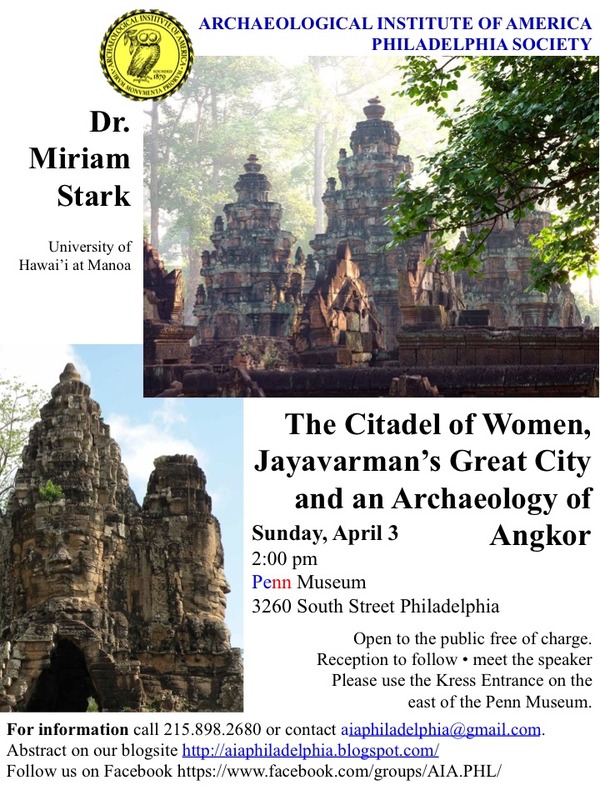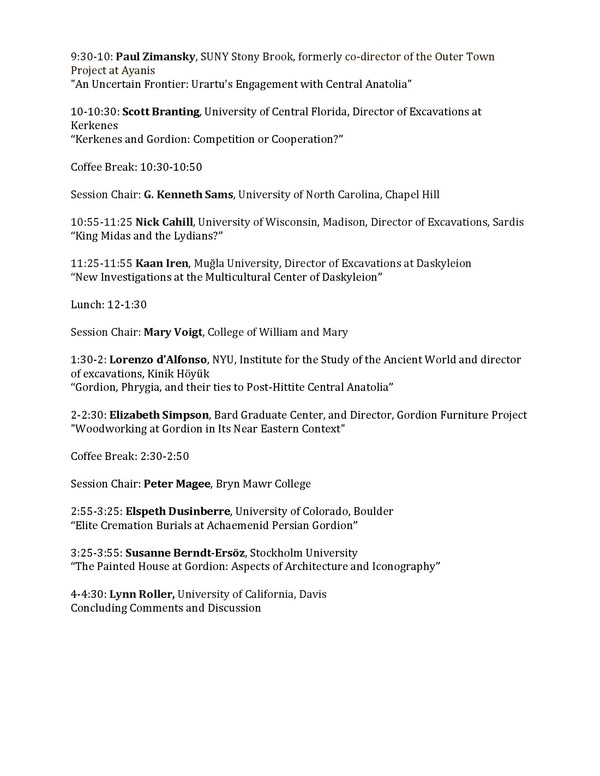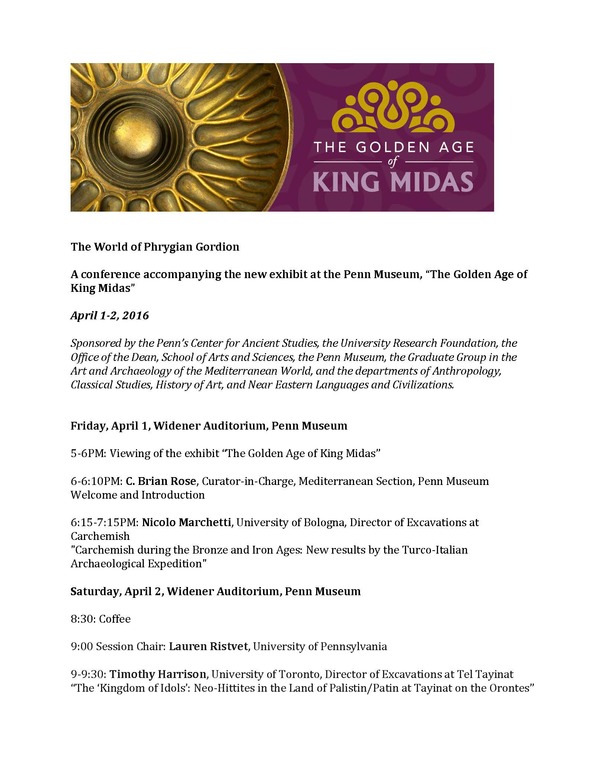
At its peak in the 12th and 13th
centuries CE, the Khmer Empire controlled much of what we now consider to be
mainland Southeast Asia. The heart of
Angkorian civilization lay at the banks of the Tonle Sap, in a series of 9th
through 14th century capitals with temples, shrines, and palaces
that housed the ruling family and elites.
This lecture showcases two of the greatest architectural achievements in
the Angkorian world: the 10th century temple of Banteay Srei
(Fortress of Women), and Angkor Thom (the city of Angkor’s last great ruler:
Jayavarman VII). While Banteay Srei
epitomizes the refinement of Angkorian aesthetics and architecture, Angkor Thom
represents the apex of Angkorian monumentality.
Recent archaeological research in the Greater Angkor region is presented
to contextualize these great monuments, and sheds light on the economy and daily
lives of Angkorian Khmers.
Coe, Michael D.
2003. Angkor and the
Khmer Civilization. Thames and Hudson,
London.
Freeman, Michael
and Claude Jacques. 1999. Ancient
Angkor. Bangkok, River Books.
Website: http://ngm.nationalgeographic.com/2009/07/angkor/stone-text
FYI, earlier the same weekend:
The World of Phrygian Gordion
A conference accompanying the new exhibit at the Penn Museum, “The Golden Age of King Midas”
April 1-2, 2016,
Penn
Museum

